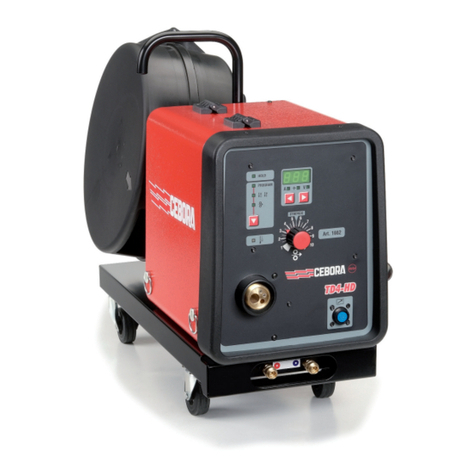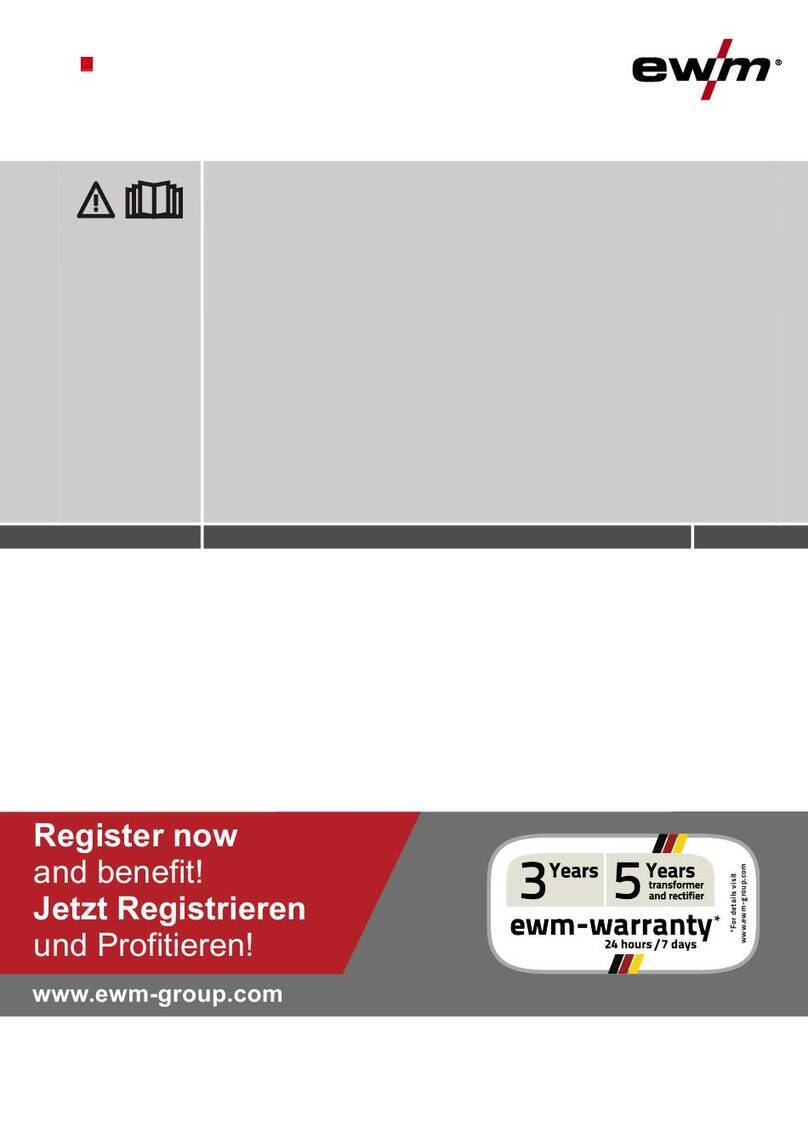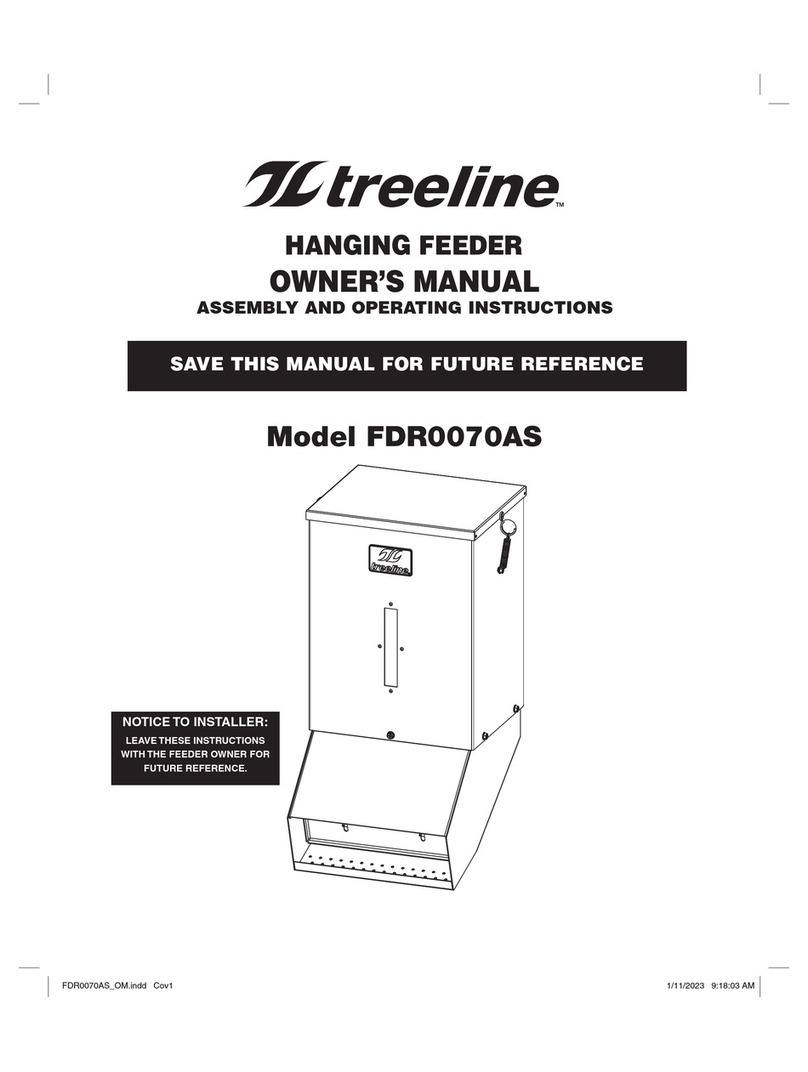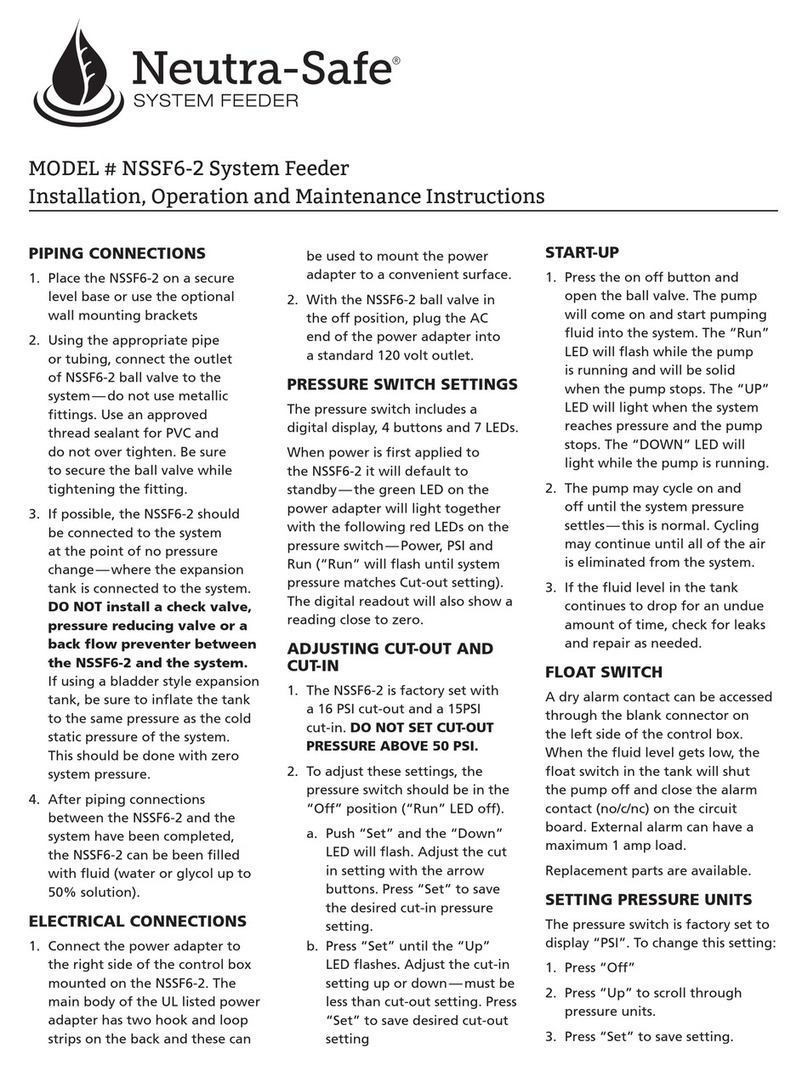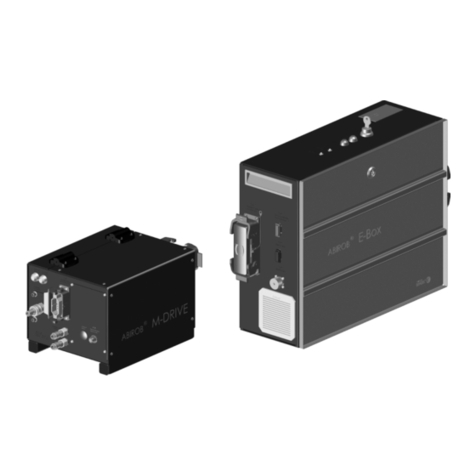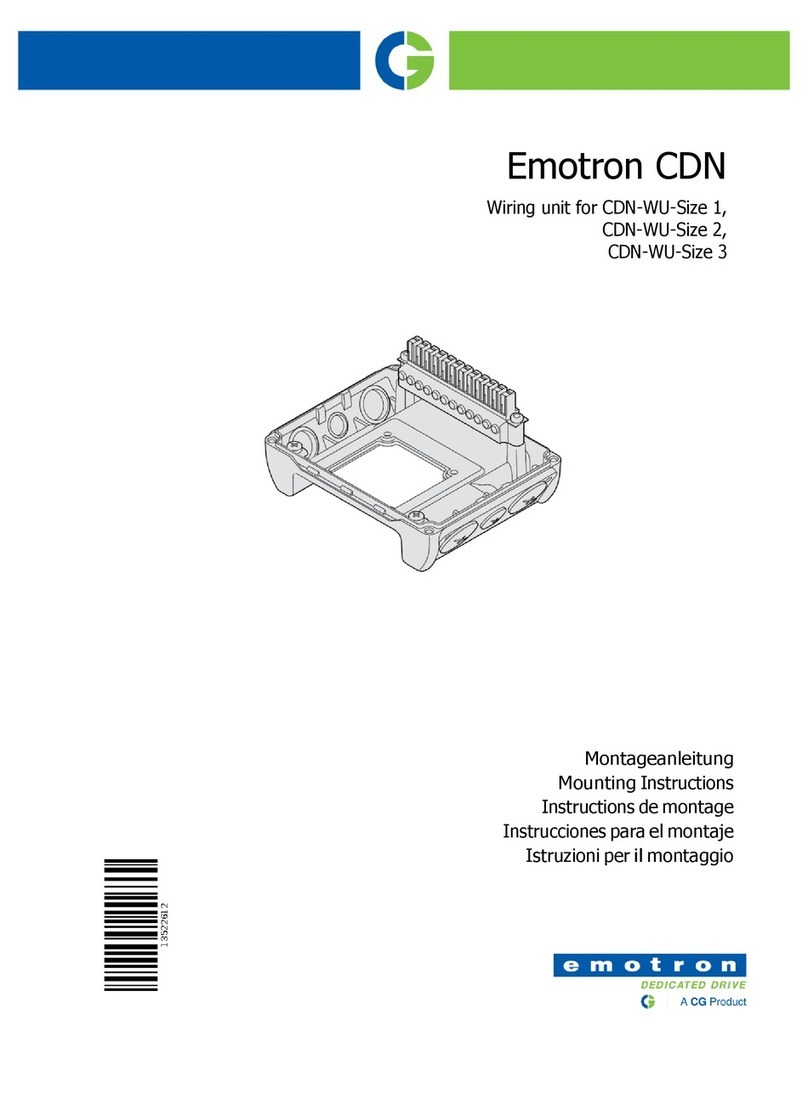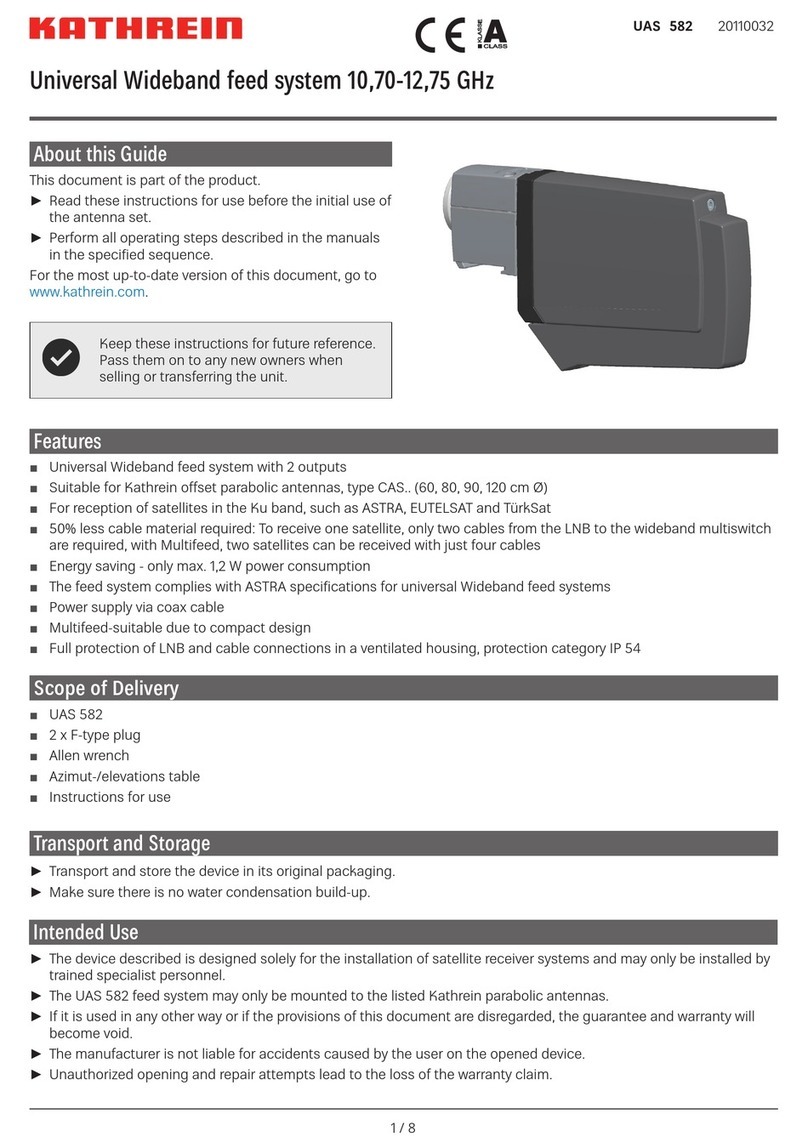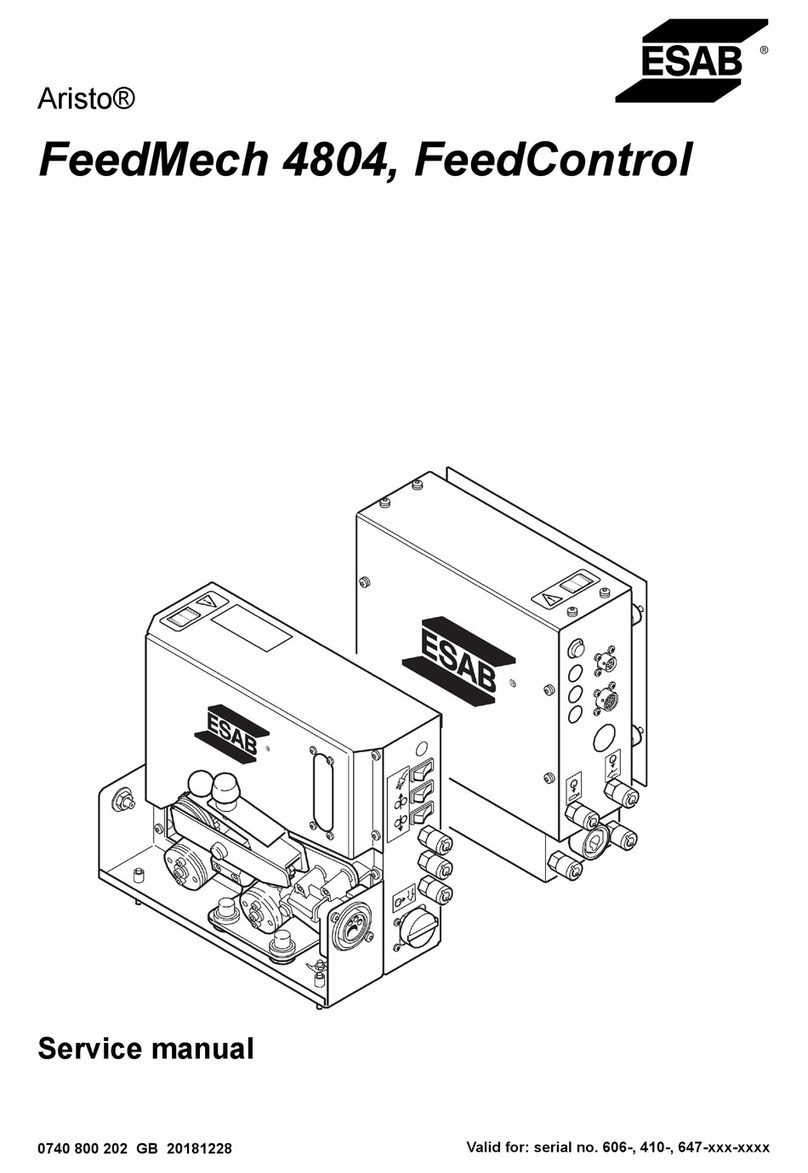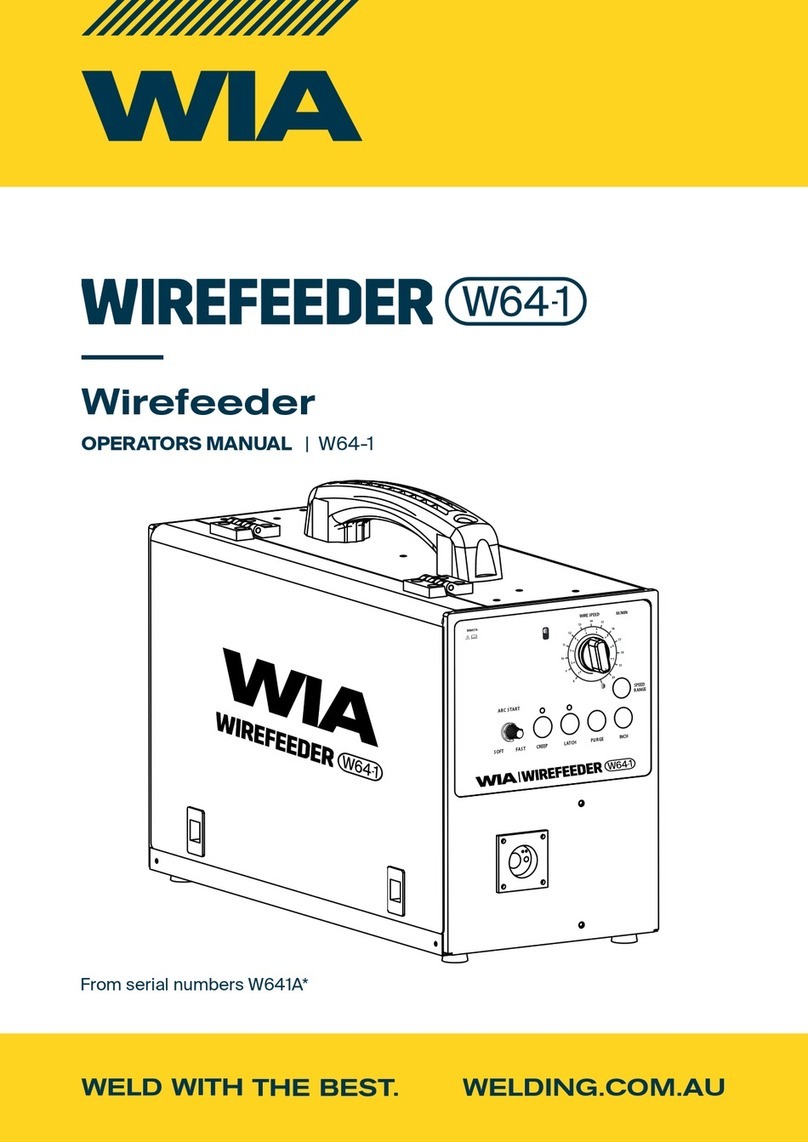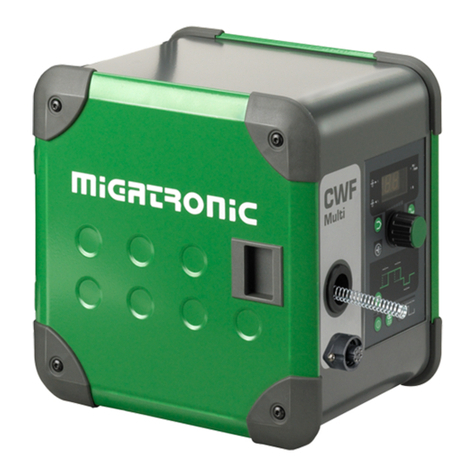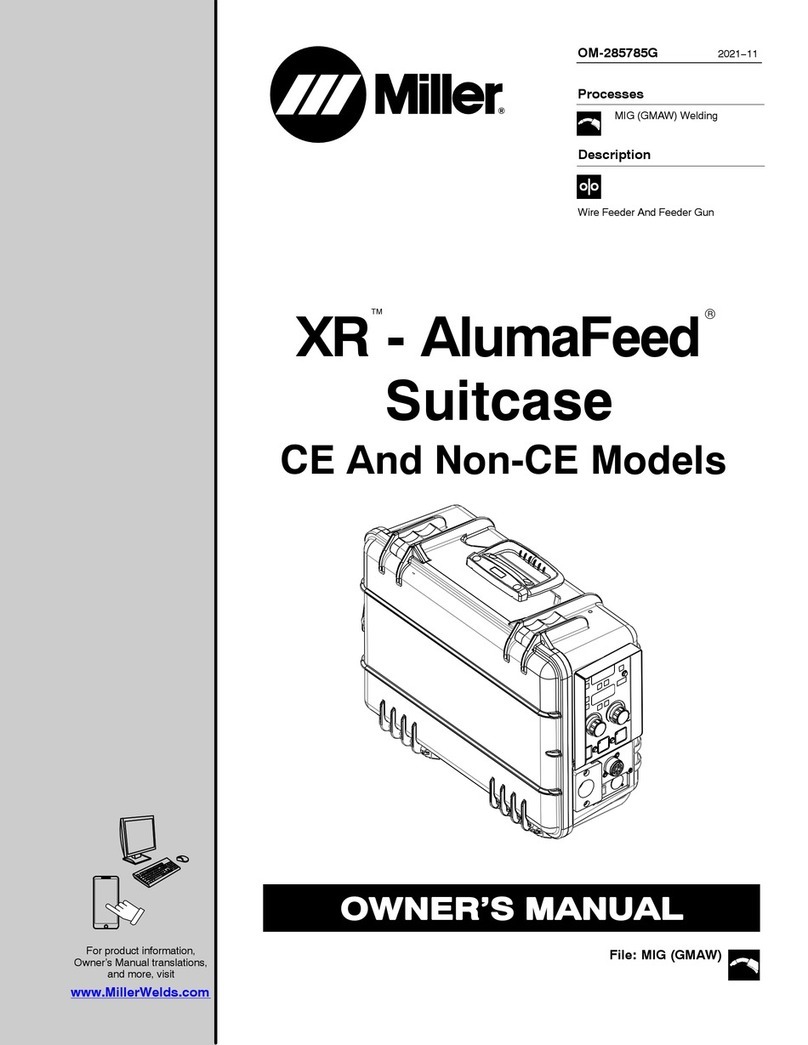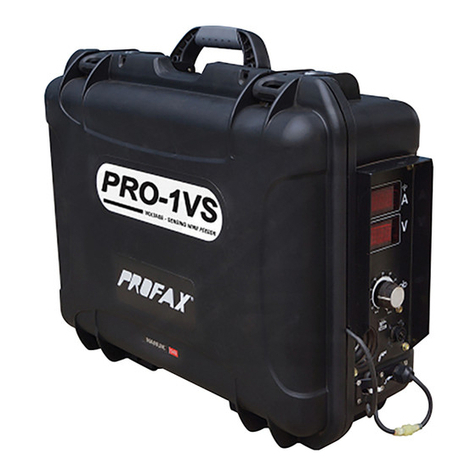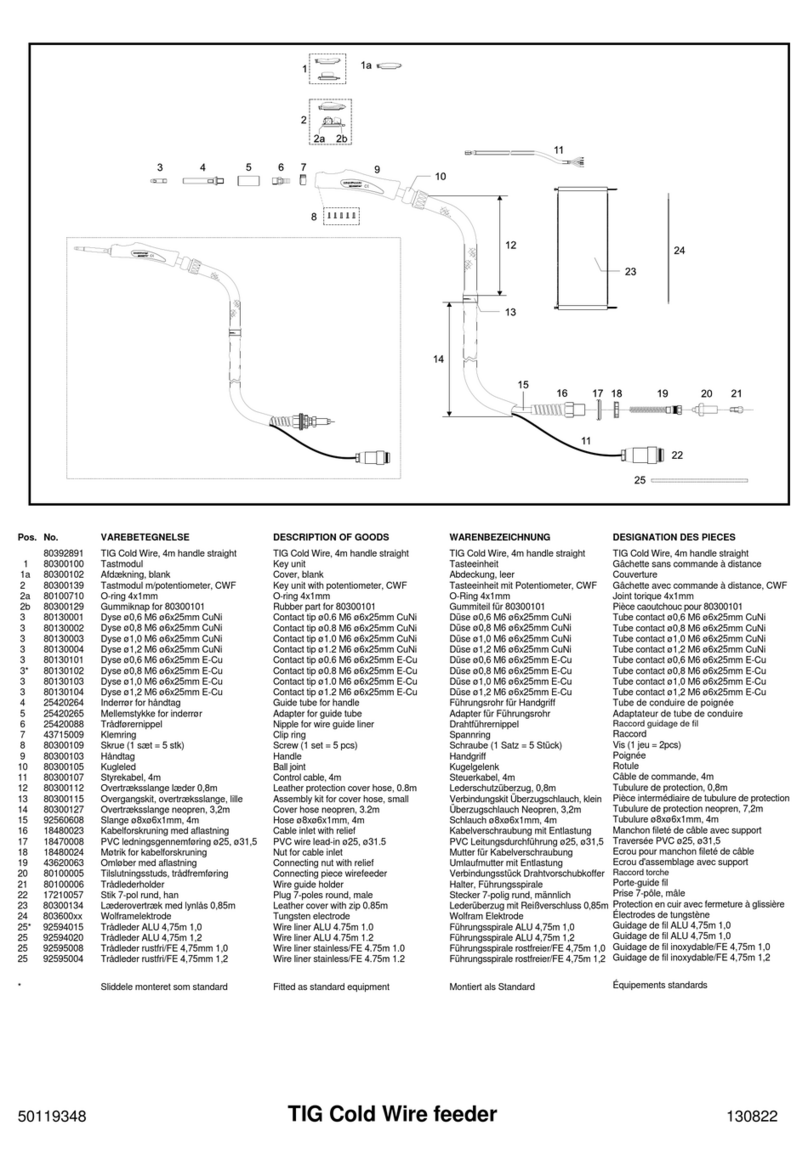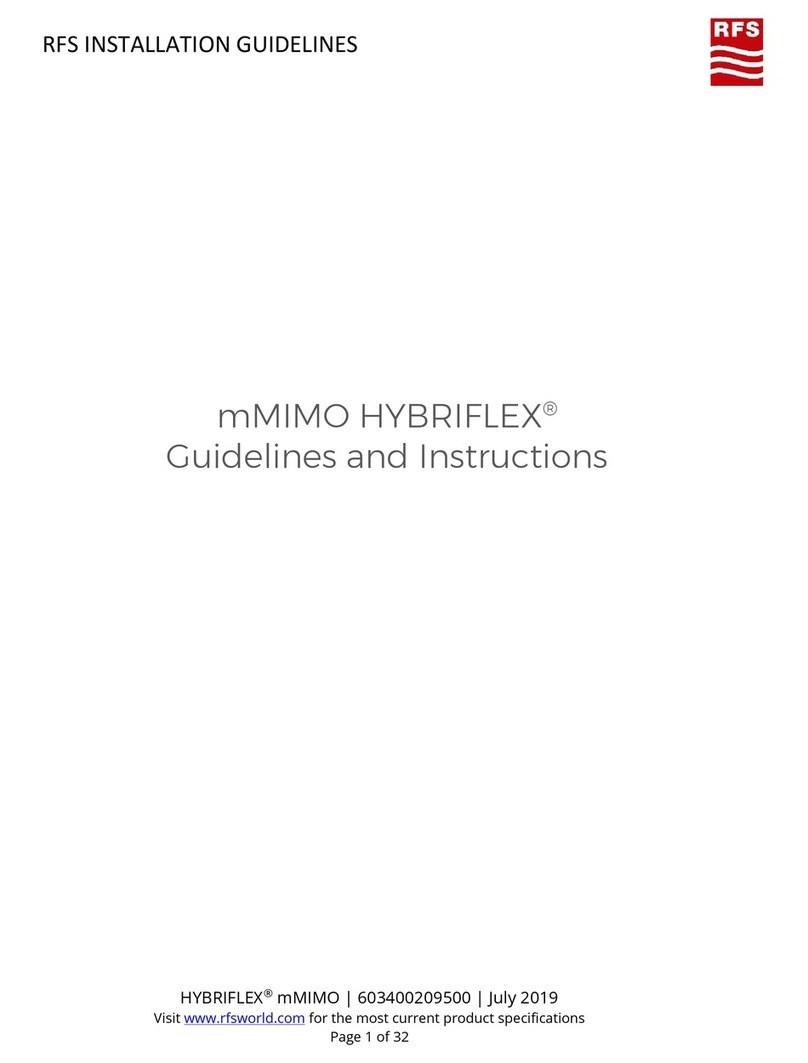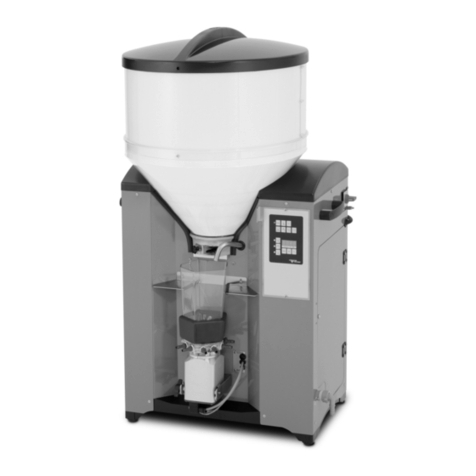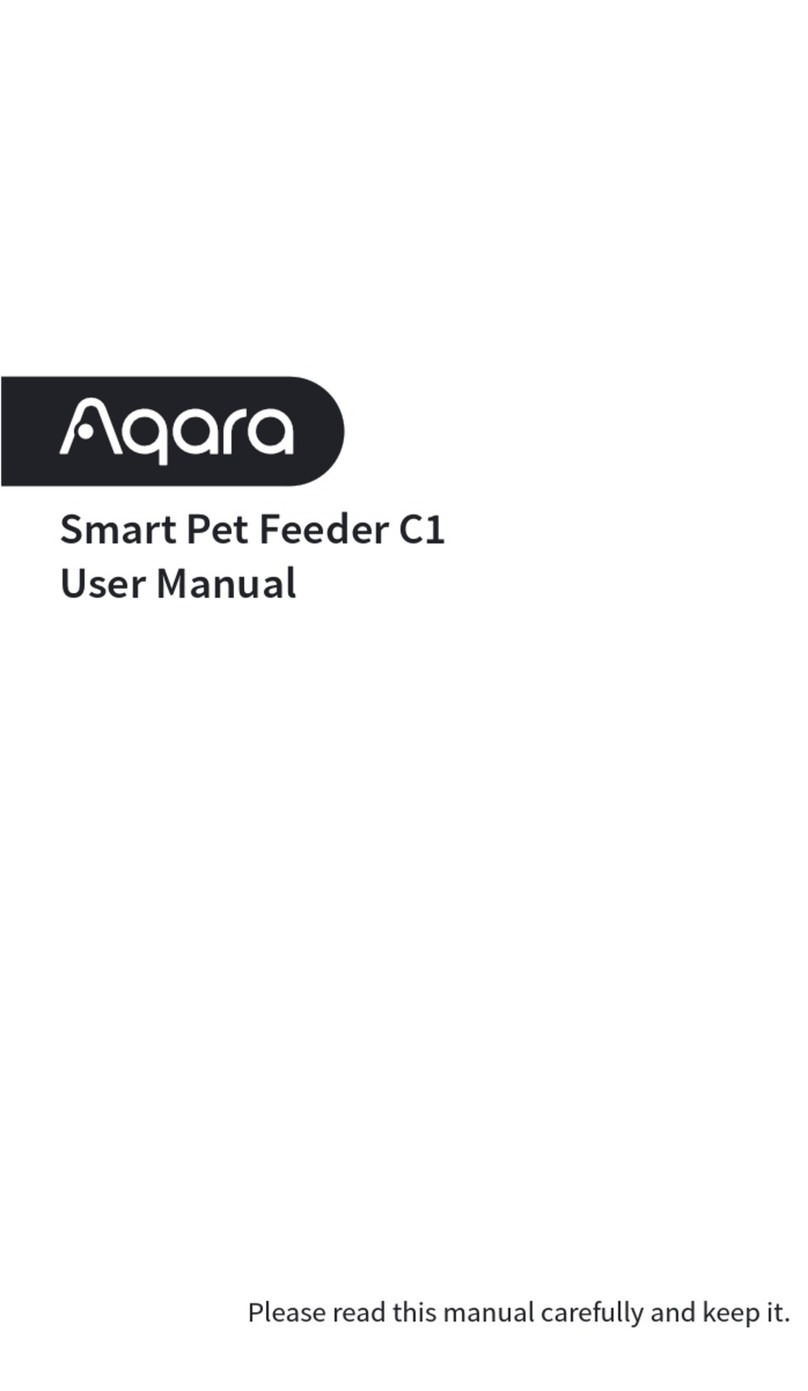
4Table of contents
9 Entries on the Feed Computer 38..........................................
9.1 Setup in DP5 38....................................................................
9.2 Setup in DP4.4 44..................................................................
9.3 Setup in C16 47....................................................................
9.4 Setup Related to the Automatic Feeder 47.............................................
9.5 Settings for Animal--Specific Increase of the Concentration on C16 48.....................
9.6 Settings for Animal--Specific Fresh Milk Ratio of the Feed Portion 48......................
10 Functions of the Menu Key 49............................................
10.1 Hand Functions 49.................................................................
10.2 Portion Values 50..................................................................
10.2.1 Selecting the Concentration 50.................................................
10.2.2 Entering the Milk Ratio 51.....................................................
10.2.3 Entering the Additive 51.......................................................
10.2.4 Restricted/Adlib--Mode 51.....................................................
10.3 Milk Values 52....................................................................
10.3.1 Selecting the Operating Mode 52...............................................
10.3.2 Entering the Milk Value 52.....................................................
10.3.3 Commuting to MP--mode 53...................................................
10.3.4 Commuting to 1--Circle--Mode 53...............................................
10.4 Calibration 54.....................................................................
10.4.1 Calibrating Water, Milk, MP 54.................................................
10.4.2 Calibrating Additives and Detergent 56..........................................
10.5 Machine Values 57.................................................................
10.5.1 Intermediate Mix 57..........................................................
10.5.2 Mixer Afterrun 57.............................................................
10.5.3 Emptying Mixer 57...........................................................
10.5.4 Press out the Milk 58.........................................................
10.5.5 Entering the Distribution Pause 58..............................................
10.5.6 Box 1 / Box 2 59.............................................................
10.6 Diagnosis 60......................................................................
10.6.1 Valves/Motors 60.............................................................
10.6.2 Sensors 60..................................................................
10.6.3 Calibration 61................................................................
10.6.4 Identification 61..............................................................
10.6.5 Checking 61.................................................................
10.7 Version 62........................................................................
10.8 Function Table of the Menu Key for Connection to Bus--System 63.......................
11 Functions of the Automatic Key 65.......................................
11.1 Display in the Automatic--Mode 65...................................................
11.2 Releasing an Extra--Portion 67......................................................
12 Functions of the Cleaning Key 68.........................................
12.1 Entering the Figures 69.........................................................
12.2 Selecting the Options 70............................................................
12.3 Cleaning 71.......................................................................
12.3.1 Mixer Cleaning 71............................................................
12.3.2 Cleaning the Heat Exchanger 72...............................................
12.3.3 Heat Exchanger with Suction Hoses 74.........................................
12.3.4 Air Cleaning 76..............................................................
12.3.5 Heat Exchanger with Sponge 77...............................................
12.4 Settings 79.......................................................................
